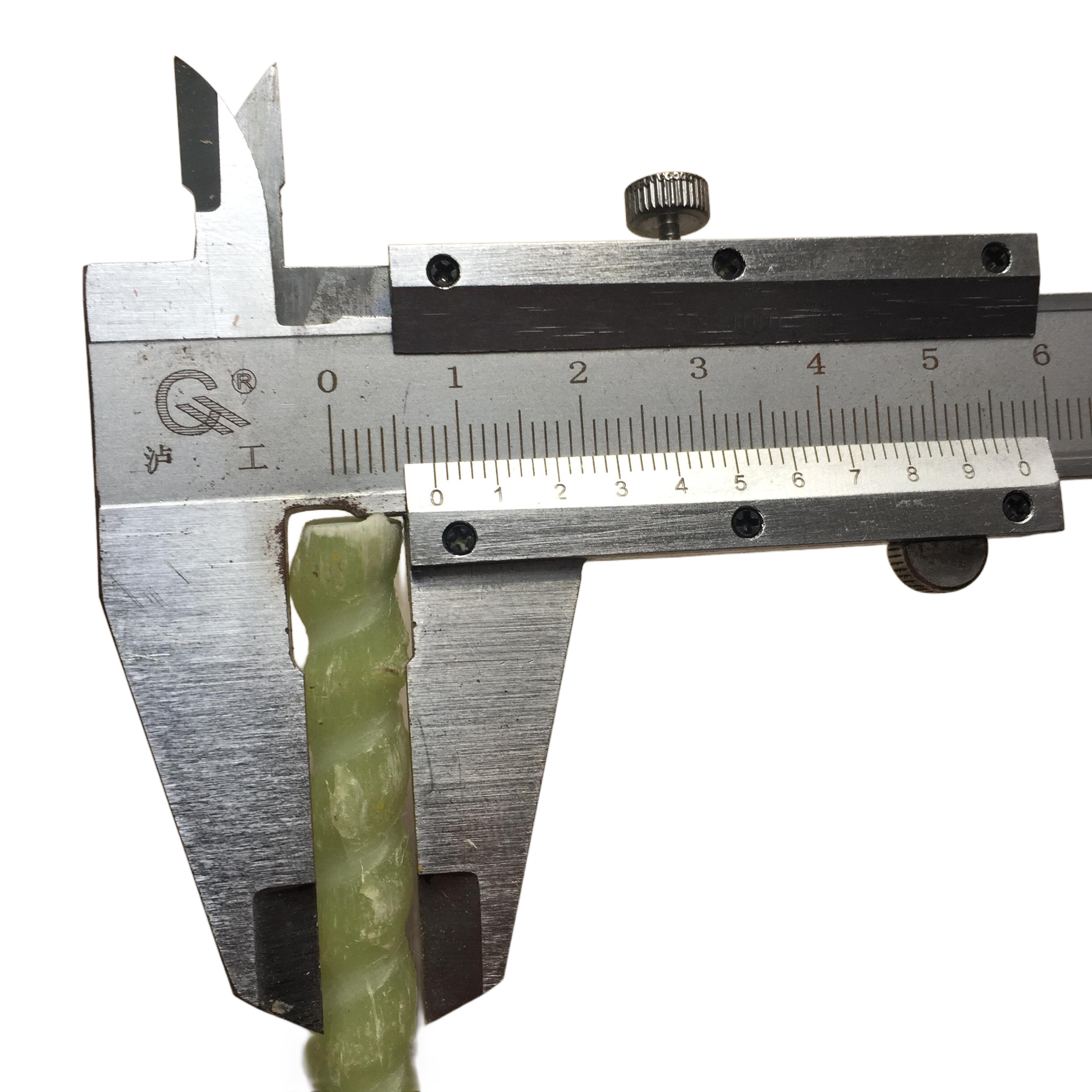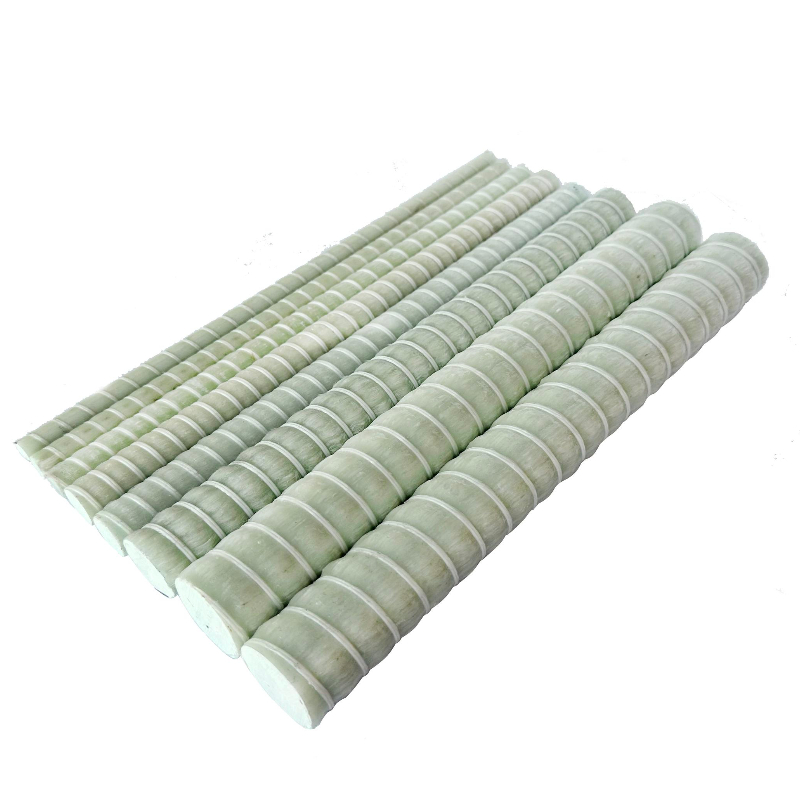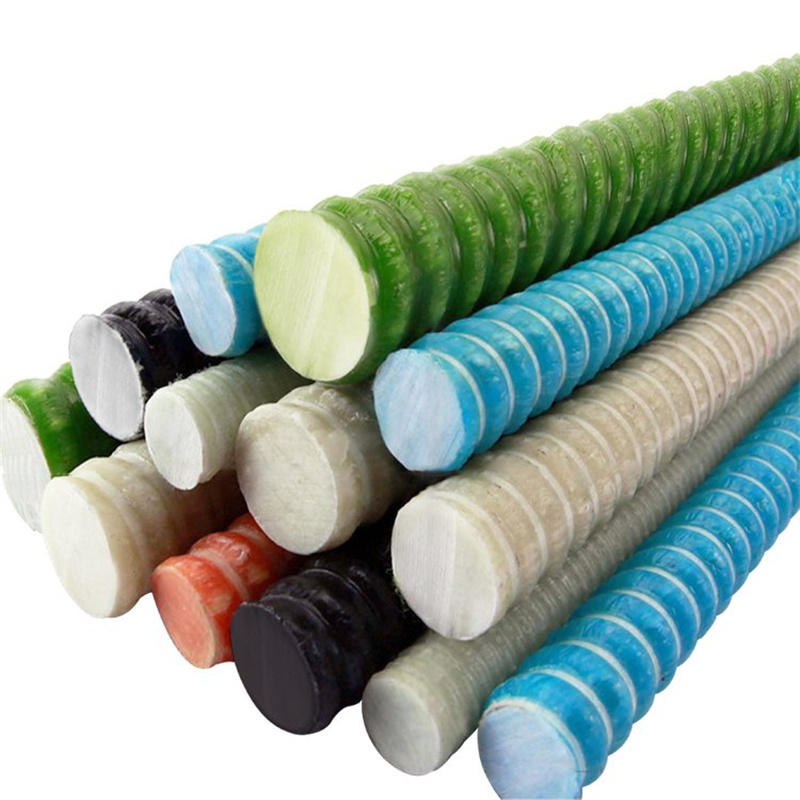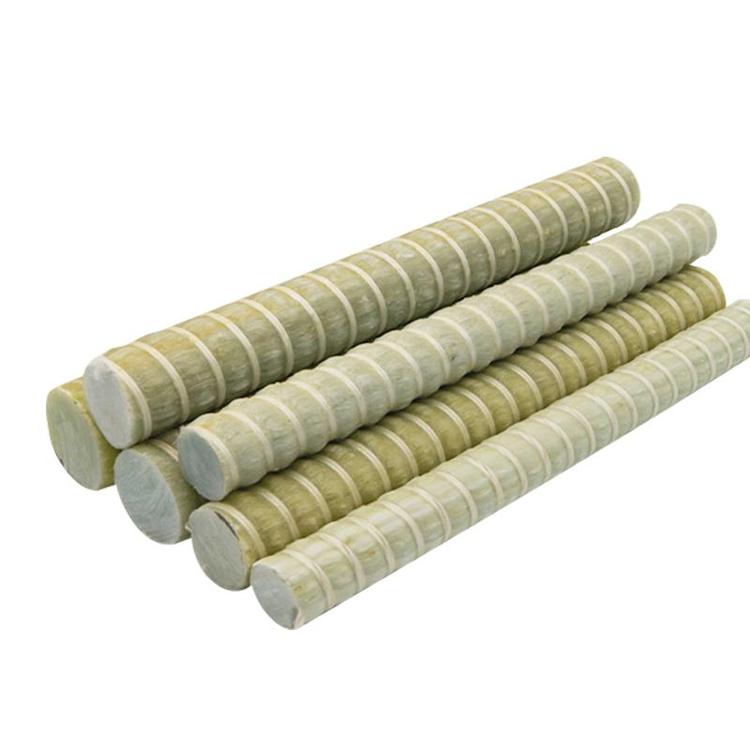Introduction
Glass fiber rebar, often regarded as a revolutionary material in the construction industry, has gained significant attention in recent years. This composite material combines the tensile strength of glass fibers with a resin matrix, offering an alternative to traditional steel reinforcement bars. The use of glass fiber rebar presents numerous advantages, such as corrosion resistance, high strength-to-weight ratio, and electromagnetic neutrality. This introduction delves into the fundamental aspects of glass fiber rebar, setting the stage for a comprehensive exploration of its properties, applications, and impact on modern construction practices.
Properties of Glass Fiber Rebar
Glass fiber rebar is composed of high-strength glass fibers embedded in a resin matrix, typically epoxy or vinyl ester. This combination results in a composite material that exhibits exceptional mechanical properties. The tensile strength of glass fiber rebar ranges between 600 to 1200 MPa, surpassing that of conventional steel rebar. Additionally, its density is approximately one-fourth that of steel, contributing to a lower overall structural weight.
One of the most significant properties of glass fiber rebar is its corrosion resistance. Unlike steel rebar, which is susceptible to rust and corrosion in harsh environments, glass fiber rebar remains unaffected by chloride ions and other corrosive agents. This characteristic extends the lifespan of structures, particularly those exposed to marine environments or deicing salts.
Thermal and Electrical Insulation
Glass fiber rebar exhibits excellent thermal and electrical insulating properties. Its low thermal conductivity reduces thermal bridging in structures, enhancing energy efficiency. Moreover, the material's electromagnetic neutrality makes it ideal for applications where electromagnetic interference must be minimized, such as in hospitals, laboratories, or power plants.
Manufacturing Process
The production of glass fiber rebar involves the pultrusion process, where continuous glass fibers are pulled through a resin bath and then through a heated die to form the desired shape. This method ensures consistent fiber alignment and resin distribution, resulting in uniform mechanical properties along the length of the rebar. Surface treatments, such as sand coating or helical wrapping, are applied to enhance the bond between the rebar and concrete.
Applications in Construction
The unique properties of glass fiber rebar make it suitable for a variety of construction applications. In bridge decks, for instance, the use of glass fiber rebar mitigates corrosion-related deterioration, reducing maintenance costs and extending service life. Similarly, in marine structures like seawalls, piers, and offshore platforms, the material's resistance to saltwater corrosion is highly beneficial.
Transportation Infrastructure
In highway construction, glass fiber rebar is utilized in barriers, retaining walls, and pavement to prevent corrosion induced by deicing chemicals. The material's lightweight nature also simplifies handling and installation, enhancing construction efficiency. Additionally, its application in tunnel linings contributes to improved structural integrity and longevity.
Building Construction
Glass fiber rebar is increasingly used in building foundations, balconies, and facade elements. Its thermal insulating properties help in minimizing energy loss, contributing to sustainable building practices. Moreover, the absence of metal reduces the risk of thermal expansion issues and potential corrosion staining on architectural surfaces.
Comparative Analysis with Steel Rebar
While steel rebar has been the traditional choice for reinforcement, glass fiber rebar offers distinct advantages. The corrosion resistance of glass fiber rebar eliminates the need for protective coatings or increased concrete cover, common strategies used to protect steel rebar. Additionally, the lower weight of glass fiber rebar reduces transportation and labor costs. However, considerations such as initial material cost, creep behavior, and shear strength must be evaluated during material selection.
Studies have shown that although the upfront cost of glass fiber rebar may be higher than steel, the lifecycle costs are often lower due to reduced maintenance and longer service life. As infrastructure demands for durability and sustainability grow, glass fiber rebar presents a viable alternative to traditional reinforcement methods.
Design Considerations
Designing with glass fiber rebar requires an understanding of its mechanical behavior, which differs from steel. The material exhibits linear elastic behavior until failure, with no yield plateau. This necessitates safety factors and design approaches that account for its brittleness under certain loading conditions. Engineers must also consider factors such as bond strength with concrete, long-term durability, and compatibility with other construction materials.
Standards and Guidelines
Several standards and guidelines have been developed to assist in the design and implementation of glass fiber rebar. Organizations like the American Concrete Institute (ACI) and the Canadian Standards Association (CSA) provide documents outlining material specifications, testing methods, and design principles. Adherence to these guidelines ensures structural safety and performance.
Case Studies
Numerous projects worldwide have successfully implemented glass fiber rebar. For example, the LaGuardia Airport parking structure in New York used glass fiber rebar to combat corrosion from deicing salts. Similarly, the Pier 5 project in Baltimore incorporated the material to enhance durability in a marine environment. These case studies demonstrate the practical benefits and growing acceptance of glass fiber rebar in diverse applications.
Environmental Impact
The production and use of glass fiber rebar contribute to sustainability in construction. The reduced need for repair and replacement lowers the environmental footprint of structures over their lifespan. Additionally, the material's non-corrosive nature minimizes environmental contamination from rust and metal leaching. Manufacturers are also exploring recycling options and the use of bio-based resins to further enhance the environmental benefits.
Economic Considerations
From an economic perspective, the use of glass fiber rebar can lead to cost savings over the lifecycle of a structure. While the initial material cost may be higher than steel, factors such as reduced maintenance, extended service life, and lower labor costs contribute to overall savings. Life-cycle cost analysis models often favor glass fiber rebar in environments where corrosion significantly impacts structural integrity.
Challenges and Limitations
Despite its advantages, glass fiber rebar faces challenges that limit its widespread adoption. These include higher initial costs, limited awareness among industry professionals, and the need for specialized design approaches. Additionally, concerns about long-term creep and fatigue performance require ongoing research and monitoring. Addressing these challenges is essential for broader acceptance in the construction industry.
Research and Development
Research initiatives are focused on improving the mechanical properties of glass fiber rebar, developing cost-effective manufacturing processes, and expanding applications. Innovations in resin formulations, fiber treatments, and hybrid composite reinforcements aim to enhance performance and reduce costs. Collaboration between academia, industry, and government entities plays a crucial role in advancing the technology.
Future Perspectives
The future of glass fiber rebar is promising, with increasing demand for durable and sustainable construction materials. As infrastructure continues to age and environmental considerations become paramount, materials like glass fiber rebar will likely gain prominence. Standardization, education, and evidence from long-term performance studies will further solidify its position in the industry.
Conclusion
Glass fiber rebar represents a significant advancement in reinforcement technology, offering solutions to many challenges posed by traditional steel rebar. Its corrosion resistance, high strength-to-weight ratio, and other unique properties position it as a valuable material in modern construction. By navigating the challenges and leveraging the benefits, the industry can harness the full potential of glass fiber rebar to build sustainable and resilient structures for the future.




























